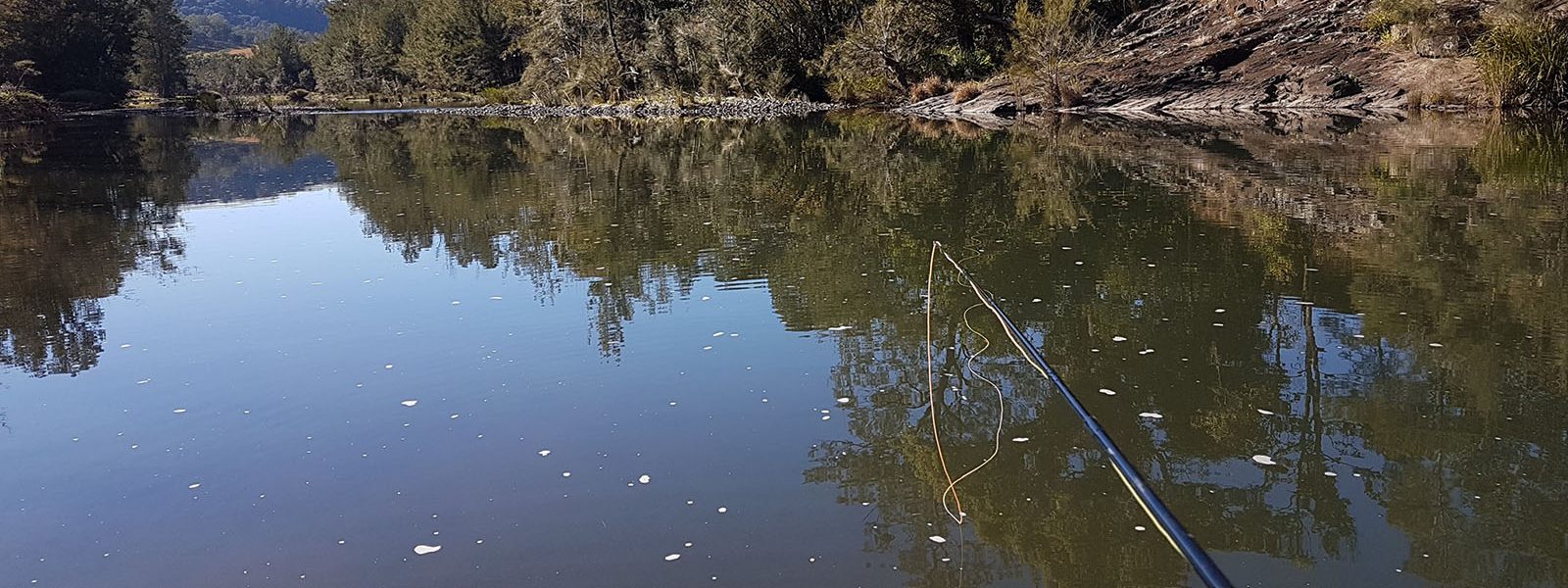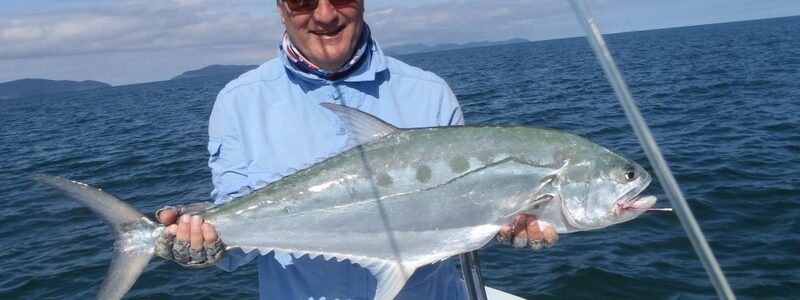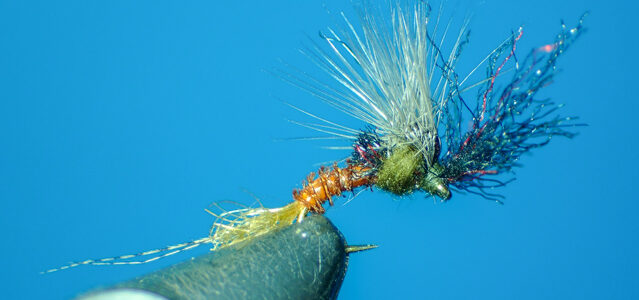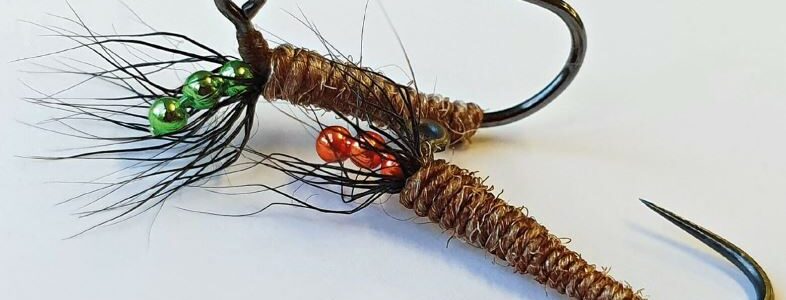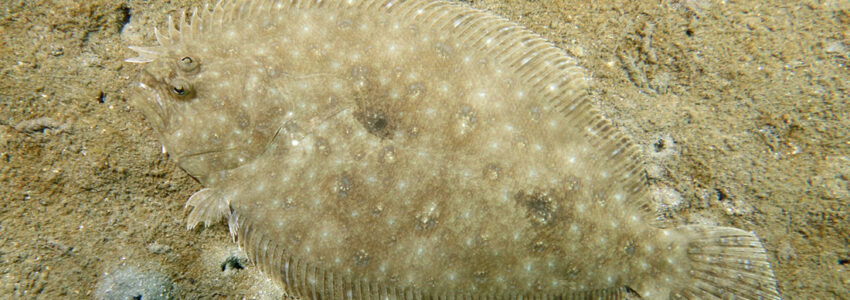Sno Ball Beetle Variant

Developed by Dennis Collier, the Sno Ball Beetle is a smaller more streamlined version of the popular Chernobyl Ant. The Sno Ball is quick and easy to tie, durable and super buoyant.
The following is Paul Fedeles’ variant. Read More »
